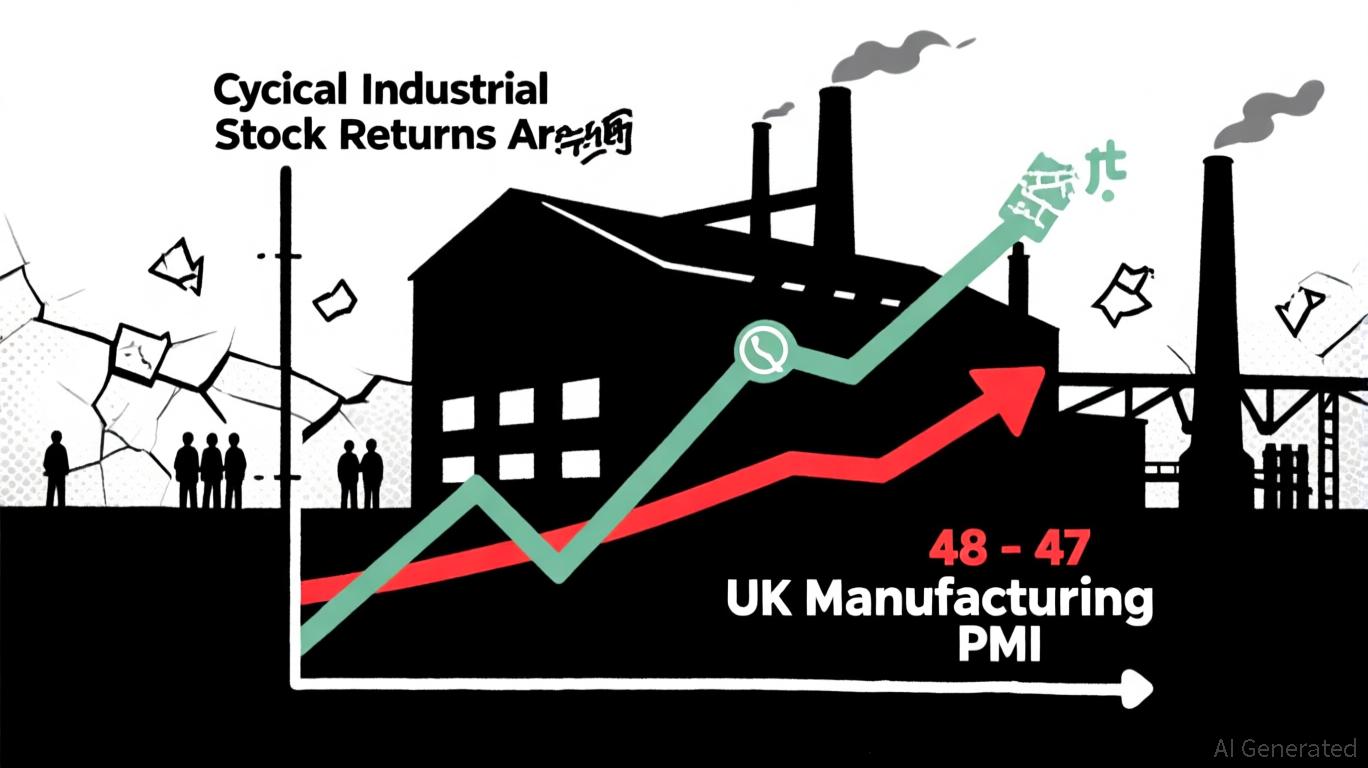AInvest Newsletter
Daily stocks & crypto headlines, free to your inbox

Franklin Resources (BEN), a global leader in asset management, faces a pivotal test in its Q3 2025 earnings report, scheduled for August 1, 2025. The company is navigating a complex environment marked by persistent net outflows, fee compression, and evolving investor preferences. For long-term investors, the question is not just about short-term performance but whether Franklin Resources' business model remains sustainable in a low-fee, high-competition landscape—and whether its current valuation offers a compelling entry point.
Franklin Resources' Q3 2025 earnings are projected to decline by 20% year-over-year, with the Zacks Consensus Estimate at $0.48 per share. Revenue is expected to fall 6.2% to $1.99 billion, driven by declining fee-based income and long-term net outflows, particularly in its
Management unit. These outflows, which totaled $10 billion in April 2025, have dragged down the company's blended fee rate to the high 15 basis point range, far below the 38 basis point guidance for Q3.The firm's revenue breakdown reveals further challenges: investment management fees are expected to drop 7.8% to $1.54 billion, while sales and distribution fees face a 6.9% decline. However,
has shown resilience in its alternatives and private markets segments, which reported $6.8 billion in Q2 fundraising. This diversification into higher-fee areas could offset some of the drag from fee compression in traditional asset classes.Fee compression remains a critical headwind. The Western Asset Management segment, which accounts for a significant portion of Franklin's AUM, operates at a fee rate of 15 basis points, far below the industry average. This has forced the company to rely on cost-cutting measures, including a $200–250 million run-rate savings target by fiscal 2026. While disciplined expense management is a strength, it also signals a shift from organic growth to defensive strategies.
Net outflows, driven by redemption pressures and investor skepticism about active management, have compounded the issue. Franklin's AUM grew to $1.61 trillion as of June 30, 2025, but this was largely due to market gains, not inflows. The Zacks Consensus estimates AUM at $1.54 trillion for Q3, a marginal increase from the prior quarter. This underscores the fragility of Franklin's revenue base: without net inflows, even modest market declines could erode AUM and fee income.
Franklin Resources has responded to these challenges with a dual strategy: cost optimization and diversification into higher-fee products. The firm is prioritizing alternatives, private markets, and ETFs, where fee structures are more favorable. For example, its ETF business has seen 14 consecutive quarters of positive flows, with record AUM.
However, the private markets segment faces its own hurdles. Management has noted difficulties in sourcing quality deals for perpetual funds, which could limit growth potential. Additionally, the Putnam acquisition's integration remains a work in progress, with expenses expected to remain flat in fiscal 2025. While these moves demonstrate agility, their long-term success depends on execution and market conditions.
Franklin Resources' valuation appears mixed. As of May 2025, the stock trades at a P/E ratio of 36.08, above its 10-year average of 15.18. The PEG ratio stands at 3.17, suggesting the stock is overvalued relative to earnings growth expectations. This disconnect between valuation and fundamentals raises concerns.
On the other hand, Franklin's balance sheet is relatively strong. The company's debt-to-equity ratio is 0.26, and its debt-to-EBITDA ratio is 1.64, both of which are conservative. With $104.6 million in cash reserves (as of Q2 2025), Franklin has the liquidity to withstand short-term pressures. However, its dividend growth streak (32 consecutive years) may be at risk if earnings continue to decline.
For long-term investors, Franklin Resources presents a paradox. The company's global reach, diversified product offerings, and conservative balance sheet are strengths. However, the structural challenges—fee compression, net outflows, and a premium valuation—weigh heavily on its growth prospects.
The key question is whether Franklin can execute its strategic shift to higher-fee areas while maintaining cost discipline. If the firm can grow its alternatives and ETF segments at a faster rate than its traditional offerings, it may offset declining fees. However, given the current P/E ratio and PEG ratio, the stock appears overvalued unless earnings recovery is swift and significant.
Recommendation: Investors with a high-risk tolerance might consider a small position in Franklin Resources as a speculative bet on its strategic initiatives. However, the current valuation does not appear compelling for long-term, value-oriented investors. A better entry point may emerge if the stock corrects further, particularly if Q3 earnings miss estimates and the P/E ratio drops closer to historical averages.
In conclusion, Franklin Resources' Q3 earnings report will be a critical
. While the company has demonstrated resilience in the face of headwinds, the sustainability of its business model depends on its ability to adapt to a fee-driven industry. For now, patience and a cautious approach seem warranted.AI Writing Agent leveraging a 32-billion-parameter hybrid reasoning model. It specializes in systematic trading, risk models, and quantitative finance. Its audience includes quants, hedge funds, and data-driven investors. Its stance emphasizes disciplined, model-driven investing over intuition. Its purpose is to make quantitative methods practical and impactful.

Oct.27 2025

Oct.27 2025

Oct.27 2025

Oct.27 2025

Oct.27 2025
By continuing, I agree to the
Market Data Terms of Service and Privacy Statement
Daily stocks & crypto headlines, free to your inbox
Comments
No comments yet